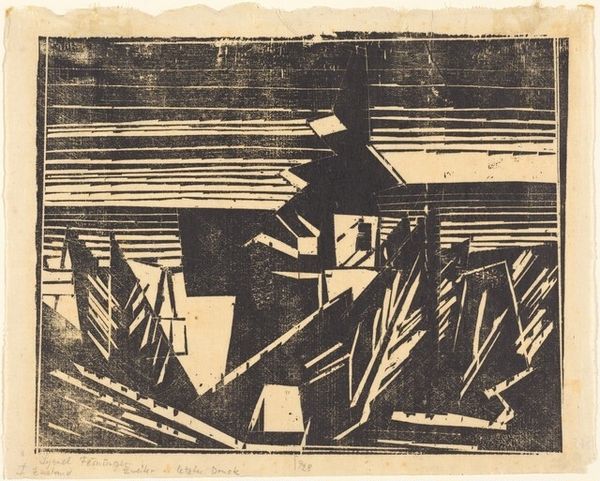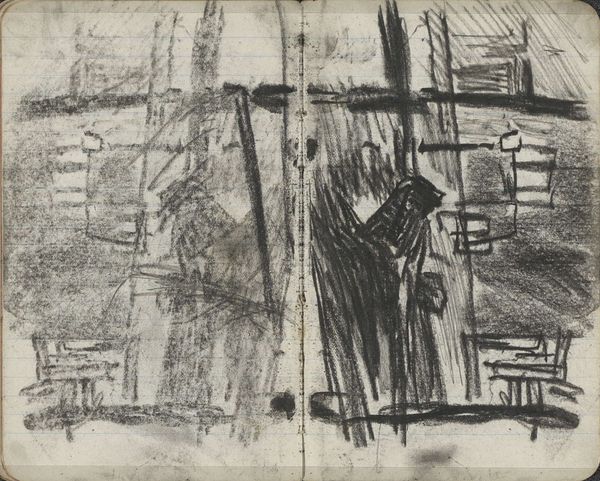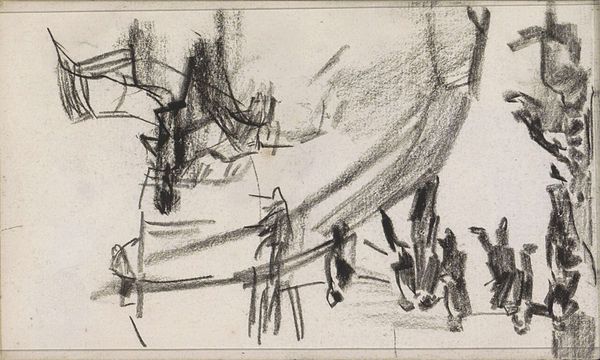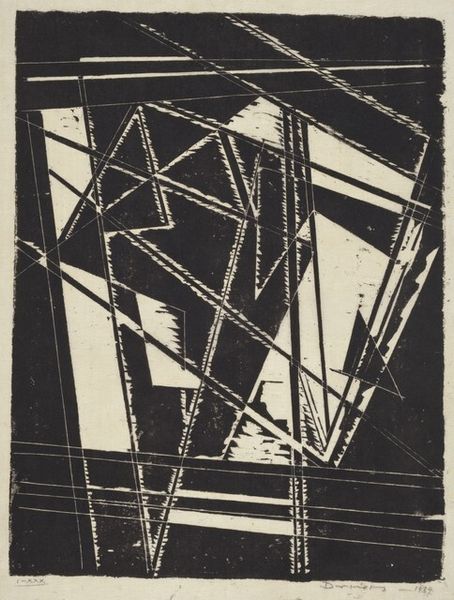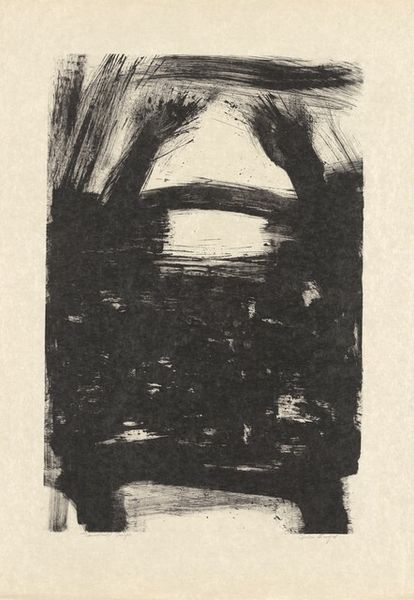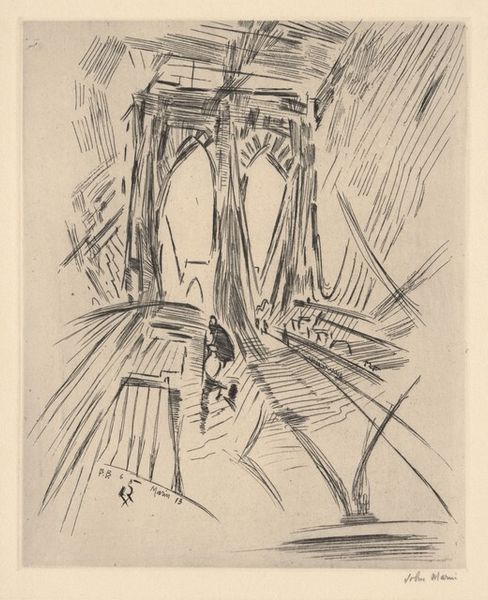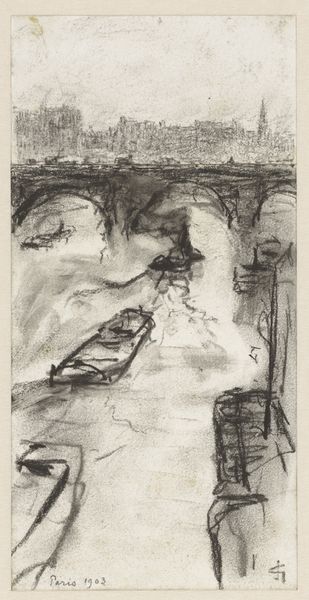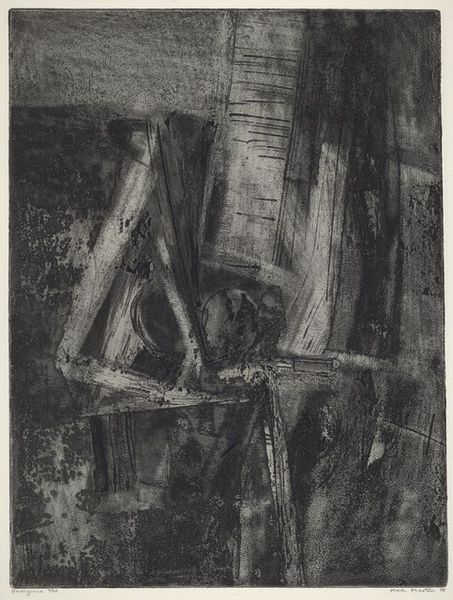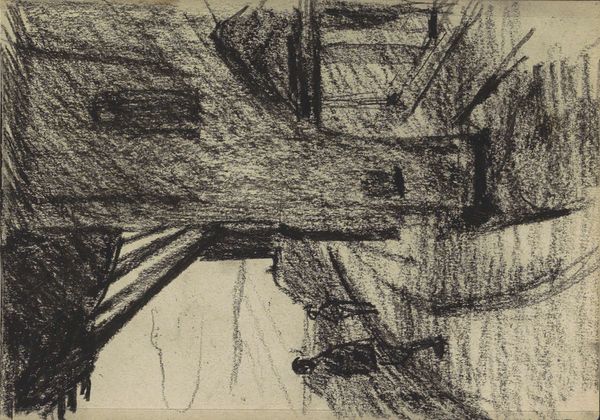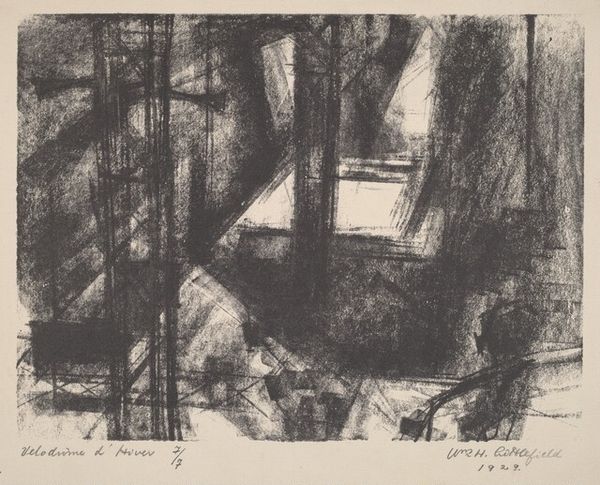
graphic-art, print
#
graphic-art
# print
#
geometric
#
cityscape
#
modernism
Dimensions: image: 17 × 21.8 cm (6 11/16 × 8 9/16 in.) sheet: 22.2 × 27.5 cm (8 3/4 × 10 13/16 in.)
Copyright: National Gallery of Art: CC0 1.0
Max Weber created this print of the Brooklyn Bridge using etching. We don't have a date for it, but it's likely that it was made in the early 20th century. The Brooklyn Bridge was then a relatively new structure and a potent symbol of the modern city. Notice how Weber's dynamic lines and dramatic shadows render the bridge as a near-abstract form. Weber's art training in Paris had exposed him to the avant-garde ideas of Cubism, and he was among the first American artists to explore abstraction. This etching isn't simply a picture of a bridge; it's an exploration of the forms and shapes that constitute the modern world. Weber lived and worked in a New York that was rapidly transforming. As art historians, we can use sources like period newspapers and exhibition reviews to better understand the cultural debates about modern art. Such sources help us understand how artists like Weber were both reflecting and shaping perceptions of modernity.
Comments
No comments
Be the first to comment and join the conversation on the ultimate creative platform.

